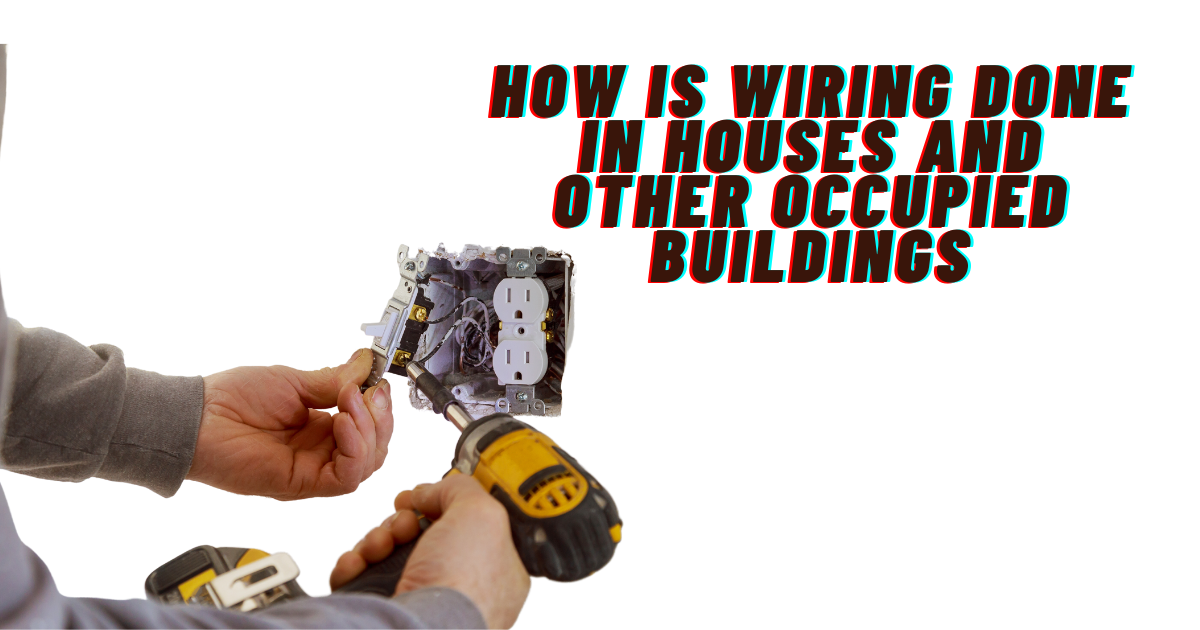Too Many Requests from Your Network
Please complete verification to access this content.
Wiring is the hidden lifeline that powers our modern homes and occupied buildings. In this blog post, you will find a comprehensive guide to how wiring in homes and other occupied buildings is done, whether you’re a homeowner, tenant, or simply curious about the intricate network of wires that keeps everything running smoothly.
Planning and Design
Electrical engineers or electricians assess the electrical needs of houses and occupied buildings. Wiring begins with careful planning and design. The building’s intended use determines the type and number of outlets, switches, and fixtures required.
Electrical panels
The electrical panel, also referred to as a distribution board, is the central hub of a building’s electrical system. In most cases, the panel is located in a garage, basement, or utility room, where it receives power from the utility and distributes it to various circuits throughout the structure.
Materials for wiring
Conductors are typically copper or aluminum encased in insulation. Copper wiring is most common due to its excellent conductivity and corrosion resistance. Aluminum wiring is less common, but still used in certain circumstances.
The wiring of the circuit
Houses and buildings are wired in separate circuits, each serving a specific area or purpose. Common circuit types include:
-
Circuits for lighting
-
Circuits at outlets
-
Circuits in appliances
-
Circuits designed for a specific purpose (e.g., electric stoves, air conditioners)
Fixtures, switches, and outlets
Power and control are provided by the wiring to outlets, switches, and light fixtures. For added safety and functionality, GFCI outlets are commonly used in wet areas such as bathrooms and kitchens. Proper installation is essential.
Inspections and compliance
Wiring must be inspected before being concealed for compliance with local electrical codes and safety standards. Inspectors check for proper installation, grounding, and safety measures.
Conceal the wiring
Wires are sealed within conduit or cable after passing inspection, ensuring that they are protected from damage and secure.
Testing and final connections
Wiring is completed after a series of tests are conducted to ensure that all circuits are functioning properly. This includes checking outlets, switches, and fixtures.
In conclusion
By following the tips above, you can keep your electrical wiring in your home safe and prevent problems.
Other tips for keeping electrical wiring safe include:
-
Use the correct tools and equipment when working with electricity. This will help to prevent accidents.
-
Be aware of the dangers of electricity. Electricity can be dangerous if not handled properly.
-
If you are not comfortable working with electricity, hire a qualified electrician.
